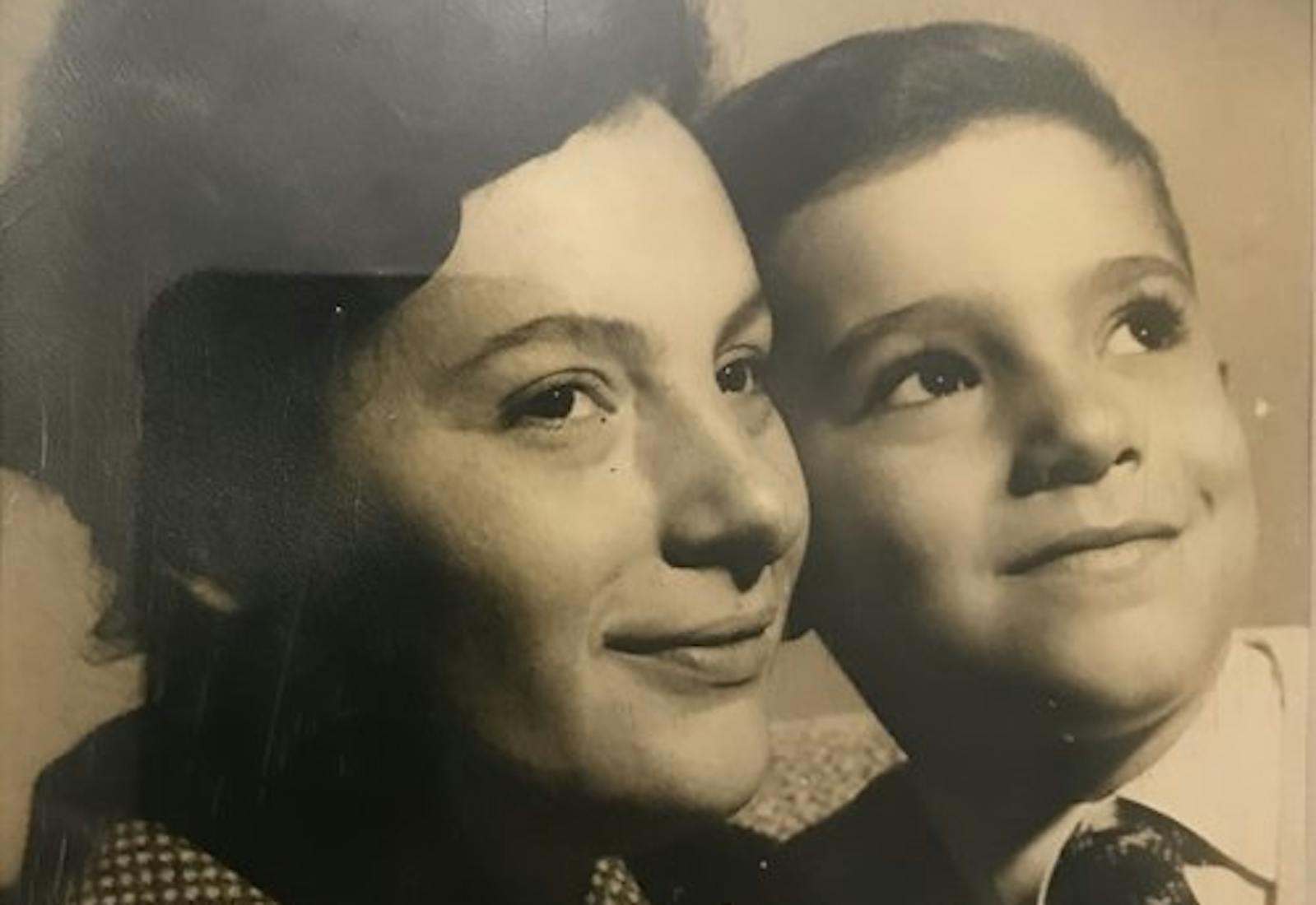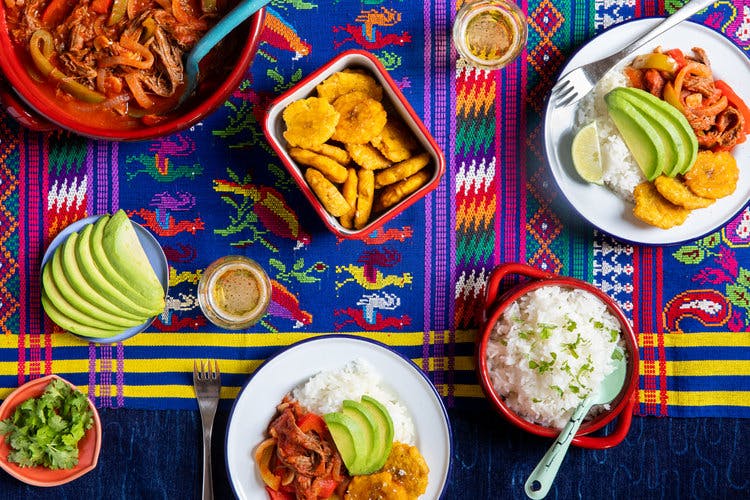Shared by Malena Svarch

Malena Svarch’s warm Cuban accent, pots of simmering ropa vieja, and plates of fried plantains hint at her roots in Havana, but they don’t reveal the long journey her family took to become part of the small Jewish community there. Malena’s paternal grandparents Eva & Natalio zigzagged across the Atlantic in the first half of the 20th Century. Born in Eastern Europe they moved to Argentina, only to return to work as doctors in the Czech Republic. There, Malena explains, they met Cuban doctors at a party who said “Why don’t you go to Cuba for a year? We need your expertise.” They were young idealists and so once again, they crossed the Atlantic, arriving in Cuba in 1962 — and stayed.
The family, joined by Malena’s great-grandmother Clara, became part of the local Jewish community of Havana. In the 1950s, it numbered nearly 20,000, but today, it counts just 1,400 members. While Jewish traditions and customs didn’t play a large role in Malena’s childhood, the community did. She grew up in what’s called Cuba’s “special period,” but “it’s not special at all,” Malena clarifies. It’s the term used to describe the era when the socialist block stopped supporting Cuba around the fall of the Berlin Wall. “Our generation grew up with little memories about food because food was a very scarce material good,” she says, given out through a rationing system.
“We were a little better off because of the support of the Jewish community,” she adds. While most Cubans struggled to get any meat at all, kosher butchers managed to keep some cuts of beef in stock. Even after a divorce, Malena’s mother, who isn’t Jewish, was still considered part of the community and would get meat from the kosher butcher to make the classic Cuban recipe ropa vieja. The dish, whose name translates to old clothes, consists of beef cooked until it falls apart with fresh pepper, cumin, smoked paprika, and tomato puree. The long cooking time, Malena explains, helps camouflage the tough cuts of meat that her mother brought home.
Today, living in New York, Malena makes ropa vieja, pairing it with rice and tostones, or smashed and fried plantains. For a sweet taste of Cuba, she makes her own riff on a dessert Clara used to make. When Clara arrived in Havana from Eastern Europe, she longed to make apple strudel. Unable to find apples, and entranced by the tropical fruits of the Caribbean, she replaced them with guava. While living in Miami after graduate school, Malena remembered the stories of Clara from her father, (“everyone says that’s where I got my love of food,” she adds) and started to make her own version of the recipe.
The dessert brings together two baking traditions: Eastern European strudel and Cuban pastelitos — and carries the hallmarks of Malena’s family’s journey.
Check out Malena and her husband Asori Soto’s documentary about their home country “Cuban Food Stories.”
